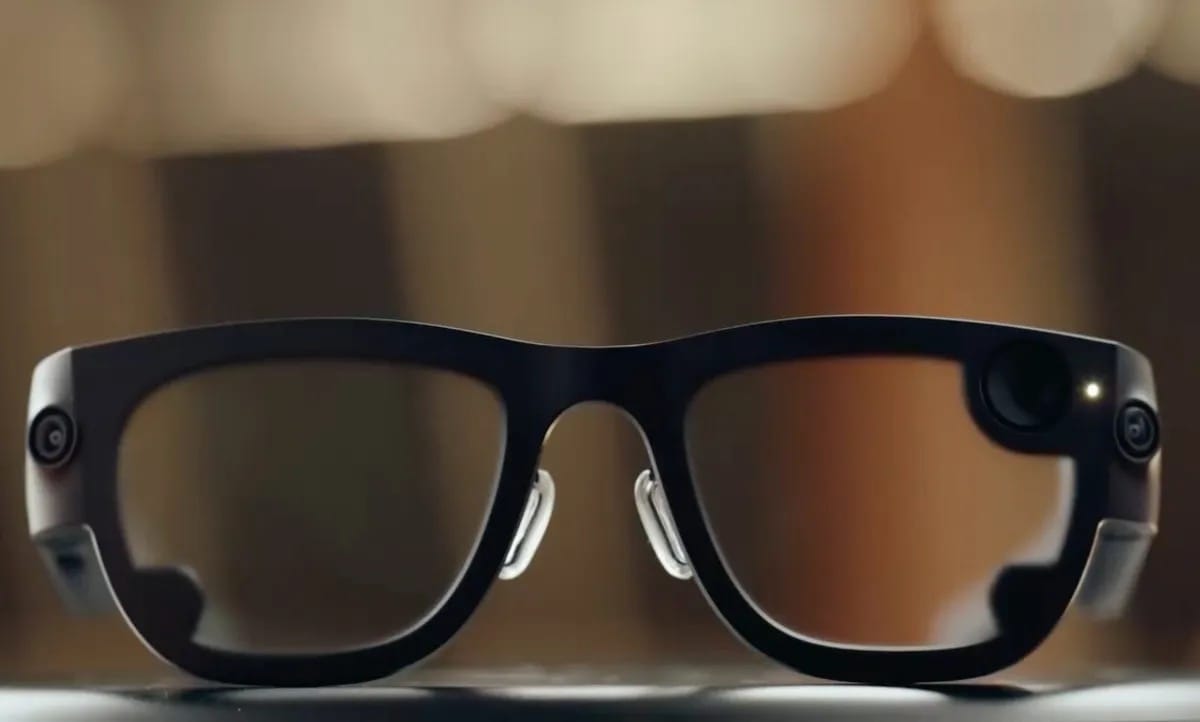
Meta launched its new-generation AI research eyewear, Aria Gen 2, a few days ago, giving the world a glimpse into the future of smart wearables. These glasses are not available to the public, but the cutting-edge technology used in them could significantly influence the upcoming RayBan Meta glasses — whose launch is expected by September at the Meta Connect 2025 event.
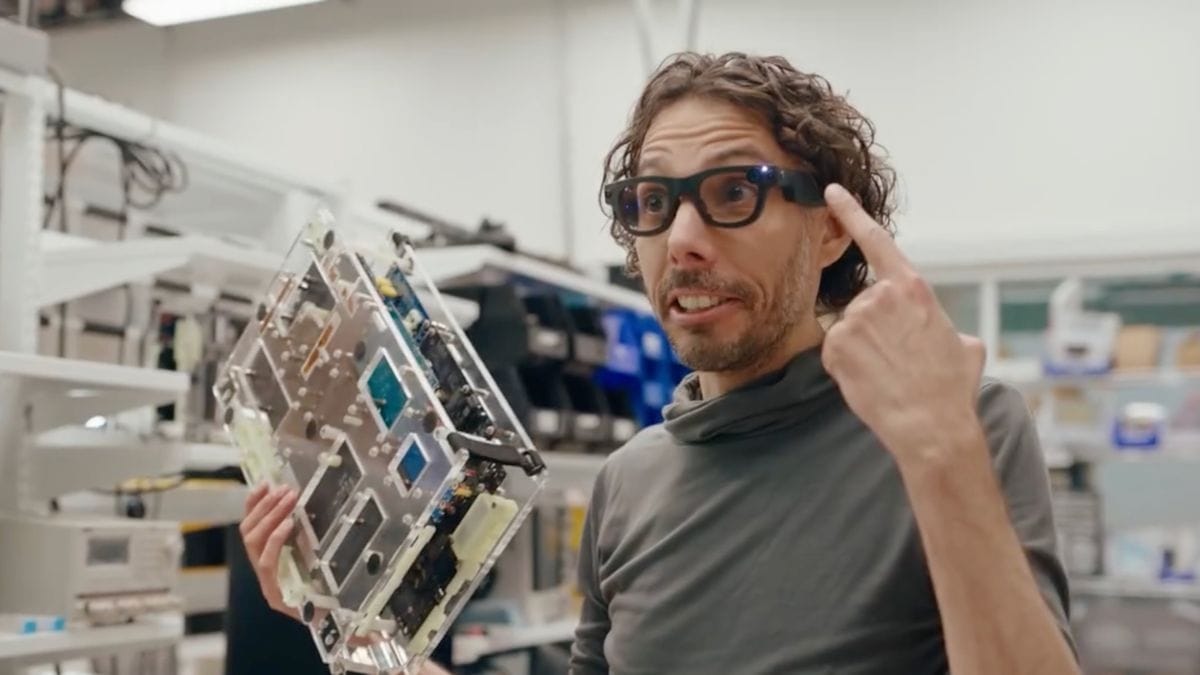
Meta’s Focus on AI Glasses Innovation
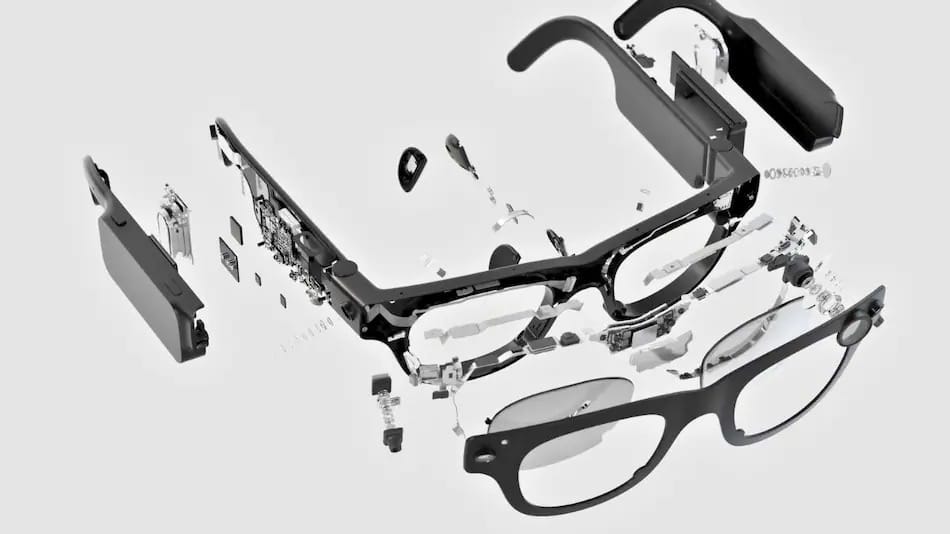
In the past year, AI glasses have gone from a concept to a real product. AI eyewear has been in the spotlight at events like CES 2025 and MWC 2025. Meta has now revealed Aria Gen 2 — a research-centric AI glasses model that pushes the boundaries of perception, computing, and human-computer interaction.
These glasses are not directly for consumers, but reflect Meta’s long-term smart glasses strategy, and show what users can expect from the next-gen RayBan Meta glasses.
Aria Gen 2: Research Glasses Packed with Advanced Hardware
The design of the Meta Aria Gen 2 is an upgrade over the original Aria glasses (2020). It is primarily designed for researchers and has many powerful sensors and processing capabilities — in a frame of just 75 grams.
On the outside it looks plain and like a prototype, but inside lies an impressive tech setup:
• RGB cameras
• 6DoF SLAM cameras (for real-time mapping)
• Eye-tracking sensors
• Dual IMUs (Inertial Measurement Units)
• GNSS (satellite-based positioning)
• Spatial microphones
• PPG heart rate sensor in nose pad
• Contact microphone for precise voice
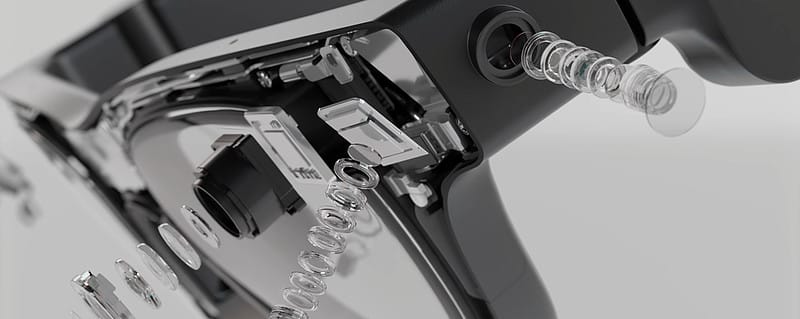
All of these features allow real-time 3D environment mapping, gesture tracking, and bio-sensing — making this a truly immersive research tool.
Meta’s Custom AI Chip Strategy Hint
The biggest highlight of Aria Gen 2 is Meta’s custom AI chip. While the first-gen Aria used Snapdragon 835 and the current RayBan Meta glasses use Snapdragon AR1 Gen 1, the Aria Gen 2 shows independence from third-party chipsets.
This custom chip of Meta supports:
• Local processing without cloud connectivity
• Improved privacy
• Real-time AI responsiveness
• Battery efficiency — 6–8 hours of battery backup, much better than the previous 1.5 hours
This step suggests that Meta is ready to bring its own control and optimization to future consumer products — especially Ray-Ban Meta glasses.
What could happen in the future of RayBan Meta Glasses?
Based on Meta’s product cycle and past launches, the official announcement of the next-generation RayBan Meta glasses is expected at the Meta Connect 2025 event in September 2025. The first 2 million units have been shipped, so there is a high chance that many of the Aria Gen 2 features can be integrated into the new model:
• Meta’s custom low-power AI chip
• Gesture tracking
• Contact microphone and bone conduction audio
• Multi-modal real-world perception from multiple sensors and cameras
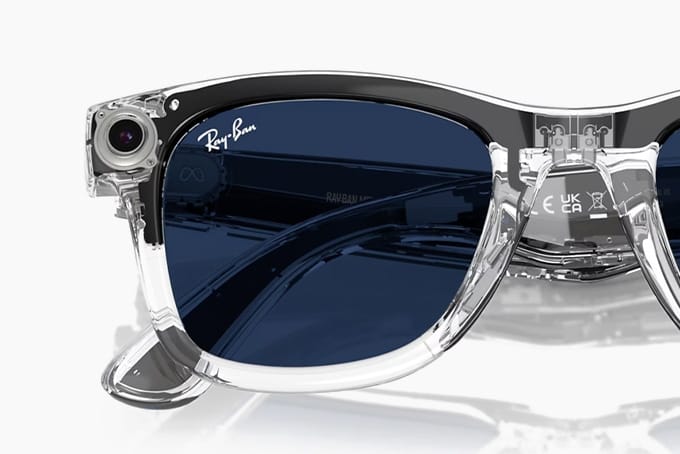
Some advanced features will come in a slightly streamlined version, but the base technology provides a very strong groundwork for future Ray-Ban Meta glasses.
Will Next-Gen RayBan Meta Glasses have a display?
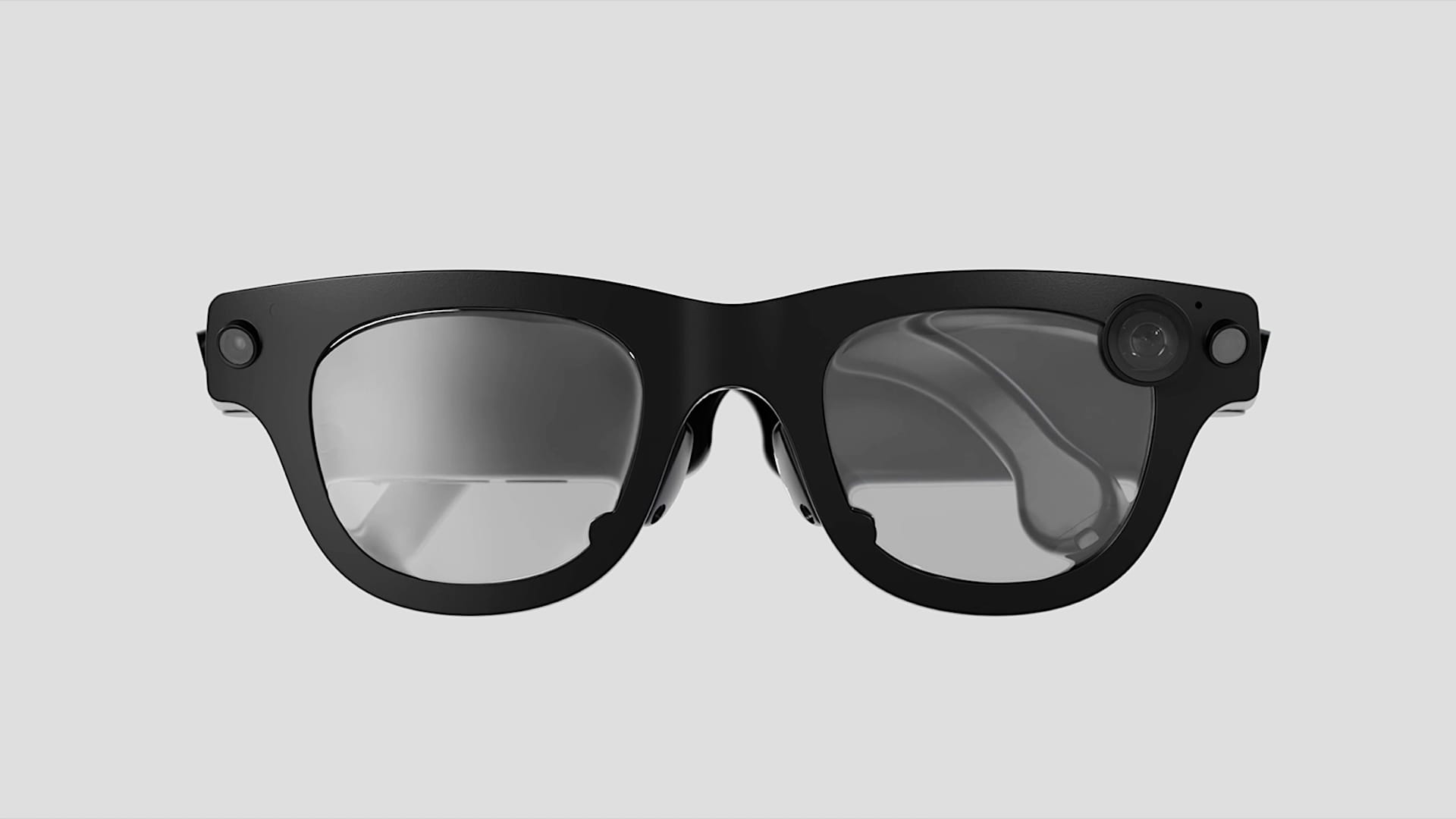
The biggest question is: Will RayBan Meta glasses now have a display?
Aria Gen 2 doesn’t have a display module, but according to a 2024 report from the Financial Times, Meta is planning to add a waveguide-based AR display to next-gen Ray-Ban glasses. This display will be able to show notifications, voice assistant replies, translations, and simple AR overlays.
Thanks to Meta’s collaboration with EssilorLuxottica (Ray-Ban’s parent company), the design of the glasses is likely to stick to the classic Ray-Ban look. There could be both a display model and a non-display variant — to match the needs and price preferences of different users.
Scope of AI Glasses in India
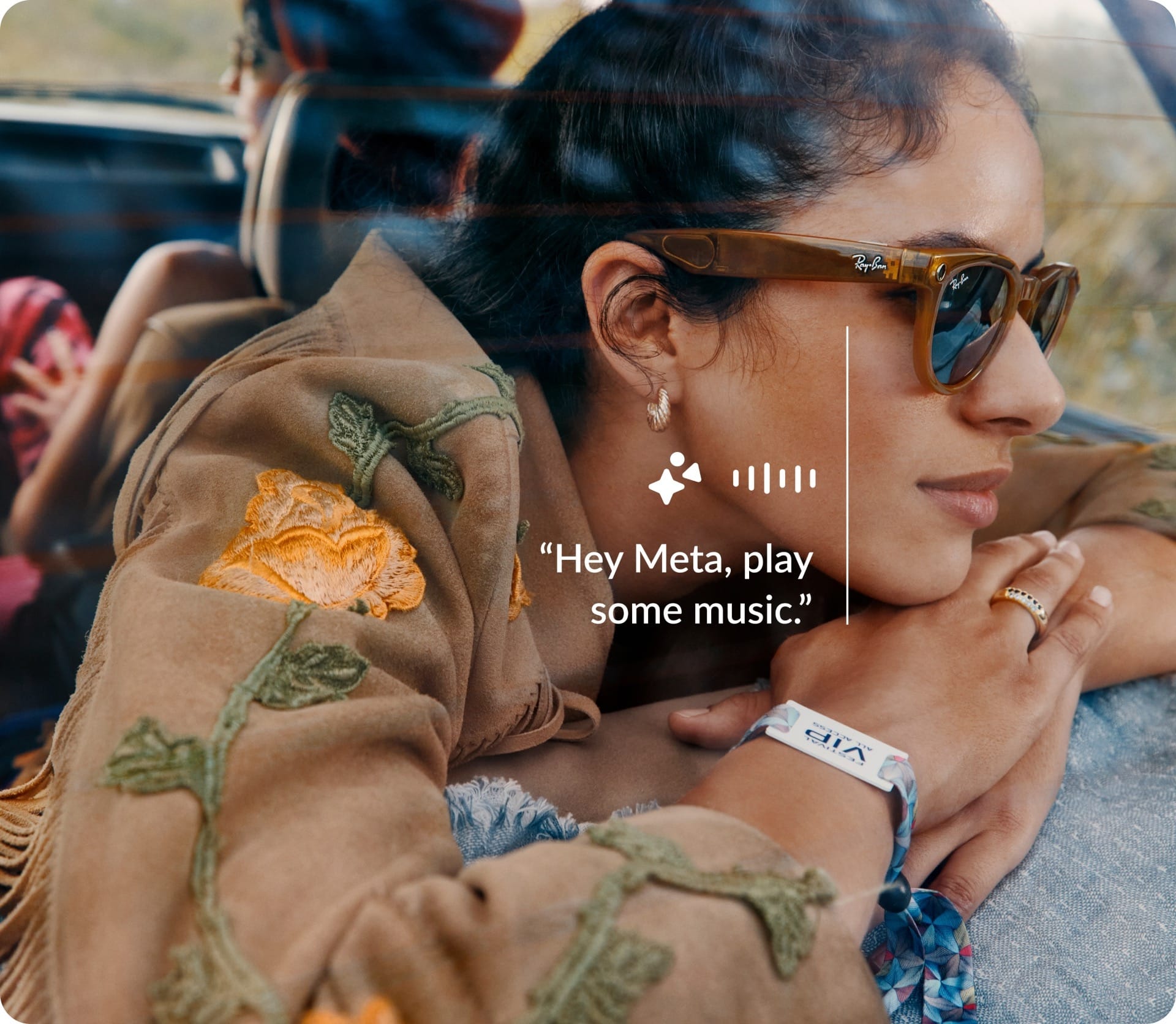
India is fast becoming a key market for AI and wearable tech. Driven by smartphone adoption, digital literacy and growing interest in AR/VR, RayBan Meta glasses could become quite popular here — especially among tech enthusiasts, professionals and creators.
An India launch date has not been confirmed yet, but if the global rollout follows past patterns, these glasses could launch in India by late 2025 or early 2026.
If AI features are localized to Indian languages, local apps and cultural context, Meta’s smart wearable ecosystem could grow rapidly in India.
Conclusion: Future of Smart Glasses
Meta Aria Gen 2 is not just a research tool, but a future roadmap for consumer smart glasses. With advanced sensors, custom AI chip, and privacy-focused design, Meta is clearly preparing for RayBan Meta glasses that can completely transform our daily tech interactions.
For Indian users, this could mean hands-free AI access, smarter communication, and a new digital experience in the real world. As Meta Connect 2025 approaches, everyone’s eyes — and lenses — are on Meta’s next move.
Also Read :


